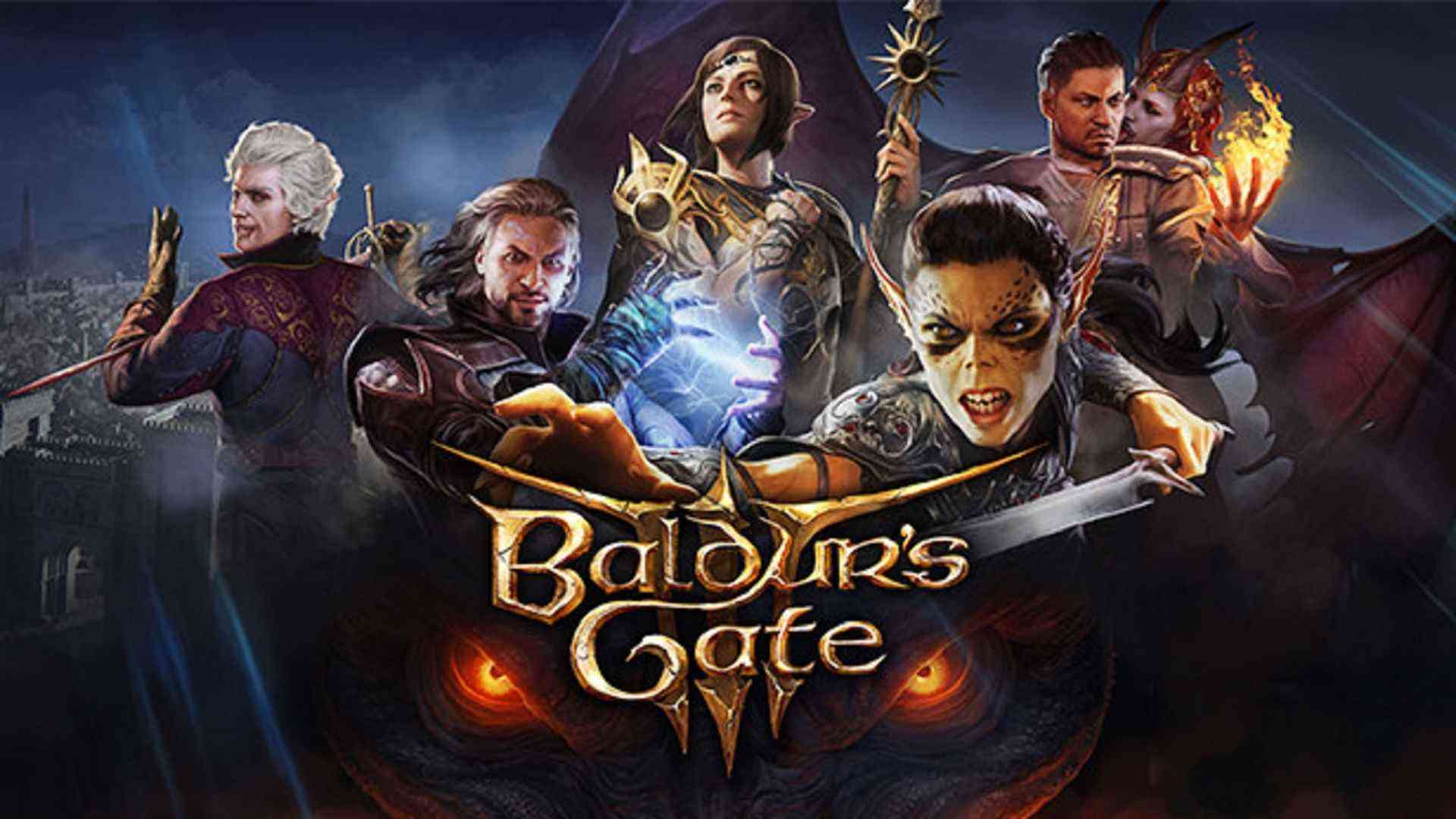Baldur’s Gate 3
In the late 90s, a group of Canadian doctors took turned their Dungeons & Dragons game into a video game company. They called that company Bioware, and the game was called Baldur’s Gate. They also produced a sequel and then moved on stories in other universes, including their own. Today, a third Baldur’s Gate game is upon us, but from a completely different developer- this game is brought to us by Larian Studios.
The arrival of a new Baldur’s Gate is huge for a lot of reasons. It is the first sequel in a series that has lain dormant since 2001. It is also the follow-up to the much-beloved Divinity: Original Sin 2. On top of that, it’s also the first real video game adaptation of the wildly popular 5th edition to the Dungeons & Dragons rules. With so much riding on it, I thought I’d break down what the experience has to offer to different people. You may only be one of these sorts of gamers but it’s also possible that you, like me, are all of them. Welcome back to the Forgotten Realms!
Early Access RPG
Baldur’s Gate 3 is a glorious mess. It is an early access computer RPG. To say that the plane is being built while it is in the air is a staggering understatement. The game itself is not yet finished; there are about 20 hours of a very replayable 80 hour RPG here, with more chapters of the story coming soon. I’d also imagine that there are missing characters, classes, spells, and things I couldn’t even dream of.
Which isn’t to say I haven’t enjoyed my time with Baldur’s Gate 3. In fact, I delight in its unfinishedness. In one conversation, my protagonist tried to get Shadowheart the Cleric to open up about her mysterious backstory. The motion capture was among the best I’ve ever seen in a big RPG, at least as good as The Witcher 3. Shadowheart looks like a particular person (I believe her voice actress, Jennifer English). Her gestures were dramatic, but believable, like a Shakespeare production. Far from the jerky marionette motions you see in some RPGs.
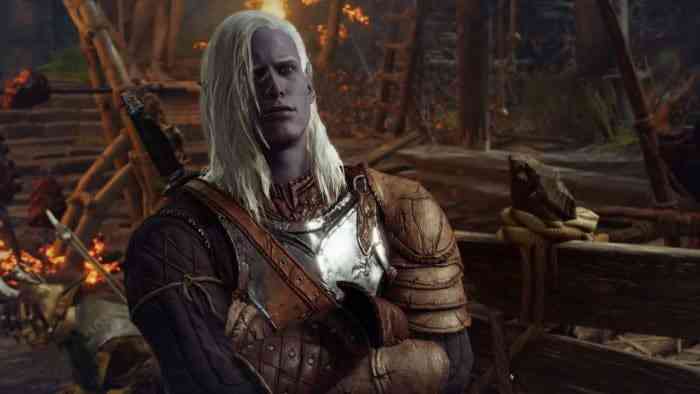
Then there was a scene where my protagonist became the subject of an emergency surgery and folks, this was a laugh riot. Characters clipped through each other, levitated away from each other, and generally looked an uncanny mess. It would be a major artistic failure to release a final game with animations like that, but Baldur’s Gate 3 isn’t yet a final game. As such, it’s an amazing promise. Seeing how good Shadowheart looks and how bad the surgery looks is a gauntlet thrown. Check back in after a few updates and see the game grow closer to perfection.
I love stuff like that. If you do too, this Early Access experience is going to be a trip, especially because Larian Studios has been uncommonly transparent about this game’s development. The motion capture? That all got disrupted by COVID, and the studio had to build adhoc capture studios in the homes of the performers. They made a video about it. It’s like getting the Lord of the Rings special features before seeing the whole movie, which is a delight to me.
But maybe that’s not all gamers. If you’re too busy to be bothered with an unfinished game, your time has not yet come. When it’s done, Baldur’s Gate 3 will have everything you like about the genre. There’s a deep world to explore, delightful character to smooch, puzzling environments to overcome, stats to calculate, strategic fights to master, builds to build… it’s an RPG and it has the makings of a great one. That’s because it’s standing on the legacy of three great game studios who know from RPGs- Bioware, Larian, and Wizards of the Coast.
A Sequel to Baldur’s Gate
When the first Baldur’s Gate came out, it was the best adaptation D&D had ever seen in video games. The sequel was even better, and Bioware took the experiment further in Neverwitner Nights and then their later games like Dragon Age and Mass Effect. If you’re a big video game fan, it’s likely you know what a Bioware RPG is like. You’ve got a protagonist who likely hails from humble origins, but has been thrust into a position of power. They are surrounded by a delightful ensemble of eligible bachelors and bachelorettes who are both down to save the world and also DTF.
You’ll be pleased to find that Baldur’s Gate III very much follows in this spirit. The first game took place in the Forgotten Realms in the year 1368. This sequel is almost 100 years later. You aren’t likely to find familiar characters from earlier games (though who knows? Some D&D races are long lived!). Instead, you find yourself embroiled in a conflict between the Mind Flayers of the Underdark, actual Devils from Hell, and the common people of the Sword coast.
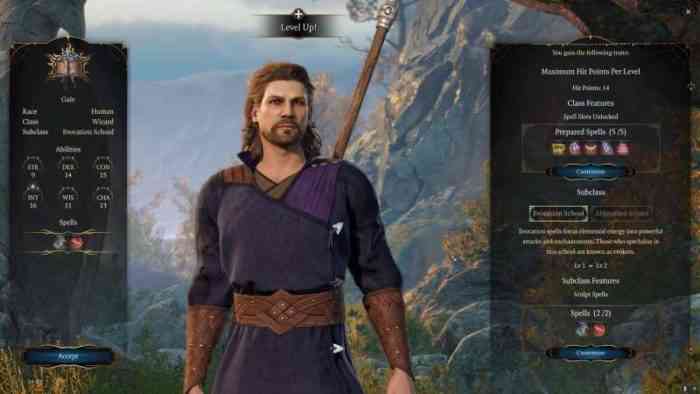
The characters are all strongly written, from incidental NPCs who you may help out, to your stalwart (and endearingly obnoxious) companions, to the surprisingly personable “Dungeon Master” who serves as the narrator from your adventure. Strong writing and characters were always the big selling points of Bioware games, and I’m sure there are folks who barely registered the release of Anthem who have been waiting to tweet about why they’d romance Wyll, but never Gale (just as long as you don’t romance Astarion, who is icky).
Another signature touch of Bioware games is a “morality system,” an idea that they pioneered through their Star Wars masterpiece Knights of the Old Republic which has touched every corner of gaming. As of yet, BG3 doesn’t have a moral system like that. Messages will tell you if your party members approve of your dialogue choices (a system similar to the first Dragon Age) but how it effects the story is still a little opaque.
Where Larian excels though is in making choices feel meaningful. Those early Bioware games are often teased for how simplistic moral choices could be: donate to charity or kill a puppy? In BG3, choices seem very inspired by what a player might think to try. An early quest made me feel like I was supposed to ally with some druids and then go kill a camp full of goblins. On a second playthrough, I realized I could save a goblin captive, which triggered a whole alternate take on the chapter where I fought the druids. Not only did this change the story, I found myself talking to NPCs who had been combat encounters, shopping at stores I thought were just monsters to slay. As more of the game gets finished, I expect to see a lot more different avenues for play. The spirit of early Bioware is kept very much alive here!
Is it Divinity: Original Sin 3
I don’t think I’ve ever enjoyed RPG combat more than I have in Divinity: Original Sin 2. It’s an insanely complicated board game that begs you to break its own rules. What Larian has done with the D&D rules is similarly enticing. Certain things, like the way action points worked, has gone away in favor of the D&D “movement and action” system. But other things, like the way you interact with the world or exploit different “surfaces” makes a return in BG3.
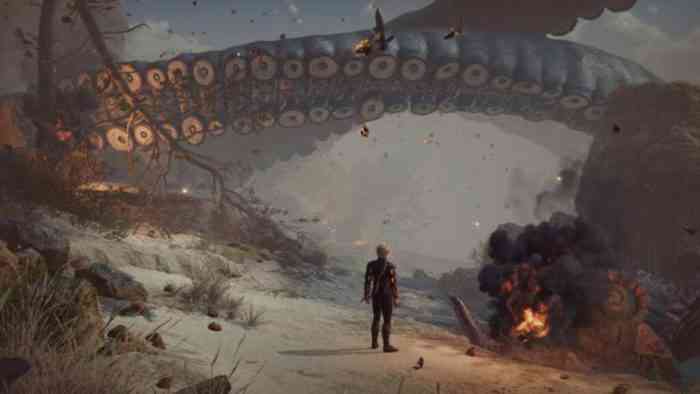
There’s a whole physics engine at work. The first time I played with it, I cackled like an idiot child. My wizard Gale was being threatened by a hobgoblin, who had climbed up a cliff to have a go with his claws. Gale couldn’t move without triggering an attack of opportunity, which would give the hobgoblin a chance to strike a fatal blow. I cast the ‘grease’ spell, with the intention of living for another turn and then lighting it on fire with another spell. But then I realized that I hadn’t used a bonus action this turn. Well, one of my bonus actions was ‘shove.’ The angry hobgoblin was greased up- which gave him a disadvantage on his saving throw- so Gale’s shove knocked him off the cliff onto a smoldering cart below. That’s when he caught on fire. The fall damage and the fire was enough to finish him off.
That sort of Larian goodness remains very much alive. Surfaces play less of a role than they did in DOS2, but positioning has become the new dominant force. Knock an enemy from a height, or into an obstacle. Shoot a rope and watch a chandelier crush your foes. Or do what Larian Studio head Swen Vincke famously did in a demonstration of the game and take off your boots and chuck ’em!
Gameplay isn’t the only way that Larian pushes the boundaries in RPG craft. They’ve been similarly celebrated for their strong writing, and for the music by composers Borislav Slavov and Kirill Pokrovsky. Slavov is back on BG3 and although he is writing in a different style, you can clearly tell it’s the same guy. (He just loves bringing heavy metal sensibilities to medieval string instruments!) The writing is similarly a step removed from previous efforts. It feels more in line with other D&D fiction than it does the dark mythology of the Divinity universe. But you can tell it’s the same writers, just a different universe. Heartfelt reveals, jokes that are actually funny, gross-out shocks- it’s like playing a D&D game DMed by the team that wrote Divinity. That’s pretty much because that’s what it is!
5e Rules
To many, the exciting prospect of BG3 is that it is the first major adaptation of the popular 5th Edition of the eternally popular roleplaying system. There are ways in which this is true, and ways in which it is not. On the one hand, it is clear that the studio is very into the game, and they take strides to make it feel just right. Some skill checks happen within dialogue. Others happen ambiently when you are walking around the world. Whenever you’ve got to roll a d20, that’s reflecting in the game and an icon pops up where appropriate. When you roll that wonderful critical 20, there’s a bit of fanfare; sparks and impact and a quick cinematic zoom.
But this isn’t a replacement for D&D. I mean, that’d be impossible. You have many options in BG3, but it doesn’t feel the same. There is no capturing the feeling you get when you totally explode the plans of a Dungeon Master and watch their face fall as they realize you will never learn the backstory they wrote of the five High Elf chieftains (or whatever). Still, different doesn’t mean bad.
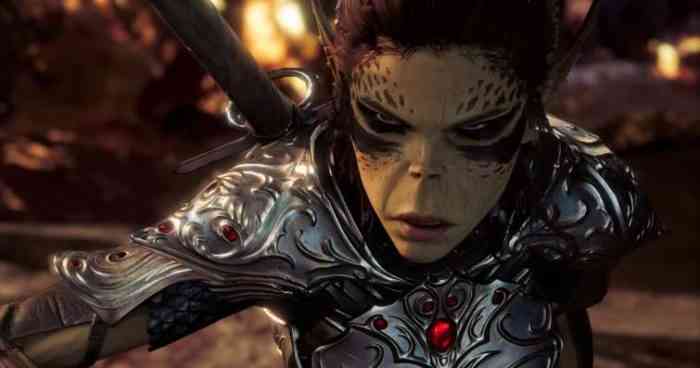
When I was younger, PC games are how I really mastered the rules of D&D. Neverwinter Nights, Temple of Elemental Evil, these taught me the intricacies of saving throws, the utility of magic missile, and the best builds to multiclass. Those were previous editions of D&D, and I have played quite a bit of 5e with friends. Next time I start a campaign, it’s going to be different. Did you know the Jump spell… is good? How about bonus actions, do you always remember to take them when you play?
There’s more to say than I am going to get into here (and stay tuned) but BG3 is going to change the way people play D&D. It will force players to learn about new spells, build new characters, and look at the world in a different way. Sourcebook collectors will also be happy to see monsters and even characters from the Forgotten Realms. Volo appears rather memorably (he of the Guide to Monsters). The Githyanki play a big part of the story. This is classic D&D junk. Long time fans will find a lot of familiar stuff and new fans will deepen their knowledge of the game. It’s win-win!
Where does that put us?
It’s unlikely that most gamers will want to play Baldur’s Gate 3 in early access. It’s just not a completed RPG; not even close. For die-hard fans like me who like process and don’t mind some frustrating repetition, it’s a treat like no other. This is the best chance to see how a massive game like this gets made. But what does that mean for everyone else? If you’re someone who likes massive story games, or someone who has been waiting for a new BioWare masterpiece, or someone who likes the way Larian makes games… hold tight. There’s a really special game coming. And when it arrives, I think it’s going to be all you want to play.
***Code provided by the publisher***
